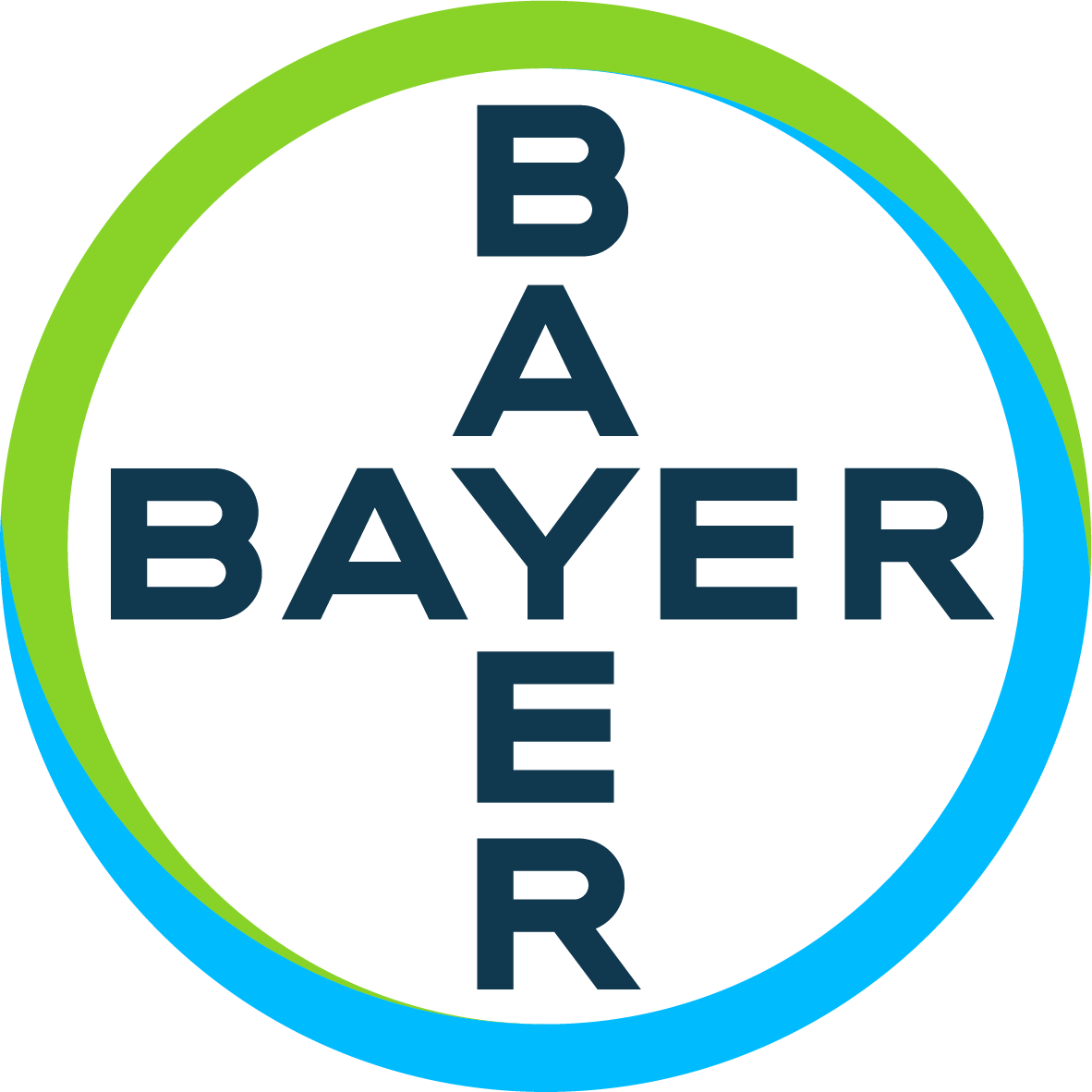How digital technology helps meet unmet family planning needs
Nearly half of pregnancies around the world are still unintended, leading to major health risks and reduced social and economic opportunities, especially for girls and women in low- and middle-income countries. Digital technologies are providing new solutions to meet their contraceptive needs and reach users where in-person services can’t.

SPONSORED BY


Approximately 218 million women of reproductive age (15-49) in low- and middle-income countries have an unmet need for modern contraception — that is, they want to avoid a pregnancy but are not using a modern method, according to UNFPA, the UN sexual and reproductive health agency. In fact, about half of pregnancies in low- and middle-income countries, around 111 million annually, are unintended. The rate of unmet family planning needs, which is an indicator that falls under target 3.7 of the Sustainable Development Goals, has been decreasing at a slow pace, according to the World Health Organization.
Unplanned or unwanted pregnancies can lead to major health risks for both mothers and their babies, as well as reduced access to social and economic opportunities. Causes have historically been tied to lack of access to sexual and reproductive health services, especially in hard-to-reach areas, and unavailability of contraception methods. Increasingly, these barriers are being overshadowed by concerns over side effects, misinformation, stigma, local laws and policies, and cultural norms, according to Dr. Nigina Muntean, head of the Innovation Unit at UNFPA.
“These barriers are interconnected, so addressing [them] requires a holistic approach that approaches the problem and the barriers as a whole, through the community, through norms and capacity building,” she told Devex.

Digital health at the touch of a button
Rising penetration rates of digital technology have allowed health providers and development organizations to circumvent some of these barriers and address the needs of women and girls through digital technology.
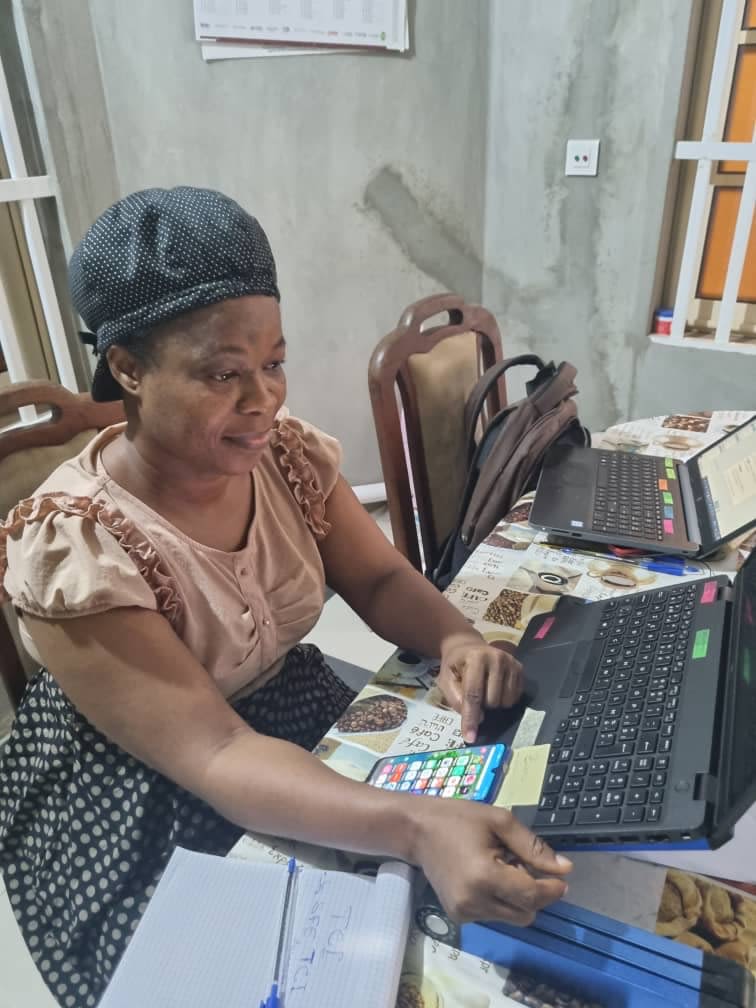
Community health care workers play a big role in educating girls and women on family planning. Photo: TCI
From text-based services to chatbots, online consultations, and online portals, digital solutions have been among the tools developed by development organizations and health providers to complement existing services. One example is Your Life, a global contraceptive awareness program driven by German pharmaceutical company Bayer and supported by numerous nonprofit organizations.
“At the touch of a button, many young people are able to access information privately, confidentially, very easily, and in interactive ways where they're able to chat and ask questions,” said Evelyn Samba, country director at Deutsche Stiftung Weltbevölkerung, or DSW, in Kenya. “It's helping us to demystify a lot of the things that have surrounded family planning for young people.”

Community health care workers play a big role in educating girls and women on family planning. Photo: TCI
Community health care workers play a big role in educating girls and women on family planning. Photo: TCI
The year-round Your Life global digital awareness campaign peaks on World Contraception Day, Sept. 26, every year, and targets primarily adolescents aged 13-25, with the secondary target groups being multiplier audiences such as health care providers, parents, and teachers. Through social media, a website, and a chatbot, the campaign provides access to information and educates about contraceptive options in a way that is accurate and unbiased without lecturing or judging.
In April 2022, DSW, a German nonprofit, launched Life Yangu, an online platform targeting young Kenyans and providing information on sexual and reproductive health, as well as a map of clinics and youth empowerment centers.
Peter Ngure, founder of Pathways Policy Institute, a community-based policy and accountability think tank which works with young people on climate justice and sexual and reproductive health.
The goal is to provide a centralized platform where users can access verified information in a single location, Samba explained.
“It reduces the risk of young people roaming all over the internet looking for information. It also reduces the risk of young people getting conflicting information, because what we provide is what they would have found if they went to a WHO website or to the Ministry of Health’s website,” she said.
“If we want to reach more people, if we want to really push for advocacy in terms of health, we need to be where they are.”
— Dr. Michelle Dado, medical doctor specializing in obstetrics and gynecology in the Philippines
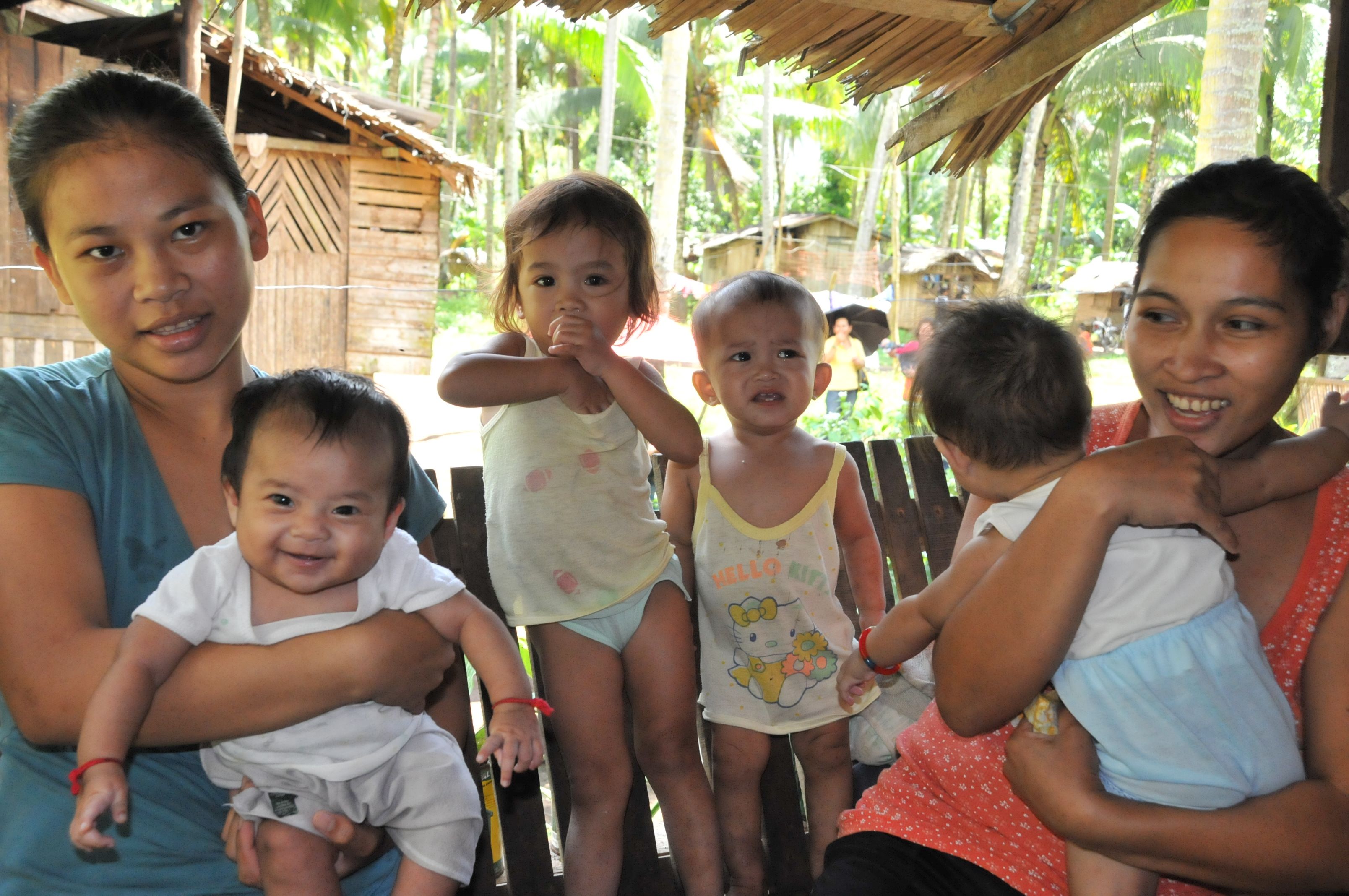
Funding innovation through public-private partnerships
Life Yangu was developed with the support of Bayer. As part of its goal to help provide 100 million women in LMICs with access to contraception by 2030, the company has been working with development organizations and governments to develop digital solutions around sexual and reproductive health.
Ariane de Hoog, lead, Access to Medicine community engagement at Bayer Pharmaceuticals, explains how digital tools can help in the provision of family planning services.
Partnerships like these help all stakeholders working on family planning to increase their reach and access additional expertise, said Jeanne Kehren, senior vice president for digital and commercial innovation and chief innovation officer at Bayer.

Online platform Life Yangu provides young Kenyans with information on sexual and reproductive health, as well as a map of clinics and youth empowerment centers. Photo: Life Yangu
Online platform Life Yangu provides young Kenyans with information on sexual and reproductive health, as well as a map of clinics and youth empowerment centers. Photo: Life Yangu
“The private sector brings the innovation capability and the ability to bet and invest,” Kehren said. “But as private entrepreneurs, we cannot do it alone. The work of public institutions and NGOs in getting funding and distributing resources is fundamental.”
Bayer's new pharmaceutical facility in Turku, Finland, will be completed in 2025. The facility will focus on the production of contraceptive hormonal coils.
Bayer Finland's head of communications Aino Försti-Smith visits the Turku site and discusses Bayer’s goal to help provide 100 million women in LMICs with access to modern contraception by 2030.
Meeting users where they are
In the Philippines, Bayer developed a Facebook-based chatbot called Ask Mara to answer questions about contraception. The tool helps fill the education gap about family planning methods and helps direct patients to doctors, said Dr. Michelle Dado, a medical doctor specializing in obstetrics and gynecology in the Philippines.

Source: Ask Mara
The chatbot works well within the local context — the Philippines has one of the highest rates of internet penetration and social media use in the world, Dado explained. She herself has used social media to provide information on sexual and reproductive health, and runs a popular account on TikTok, which allows her to reach a younger audience.
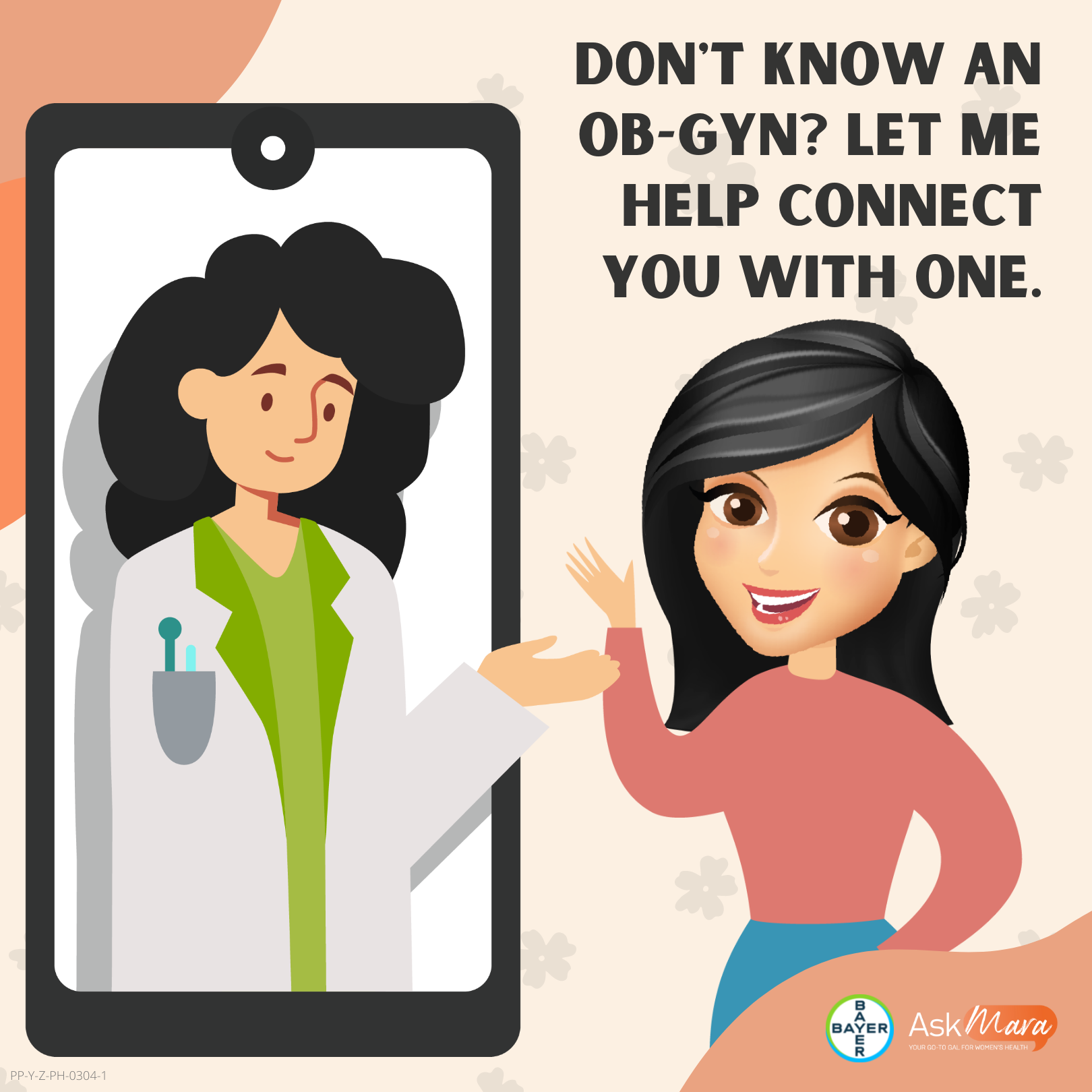
Source: Ask Mara
“If we want to reach more people, if we want to really push for advocacy in terms of health, we need to be where they are,” Dado said. “If we cannot really educate the older generation so much, we can at least work on the younger ones, who are just starting with their lives and who are the future of our country.”

Source: Ask Mara
Source: Ask Mara
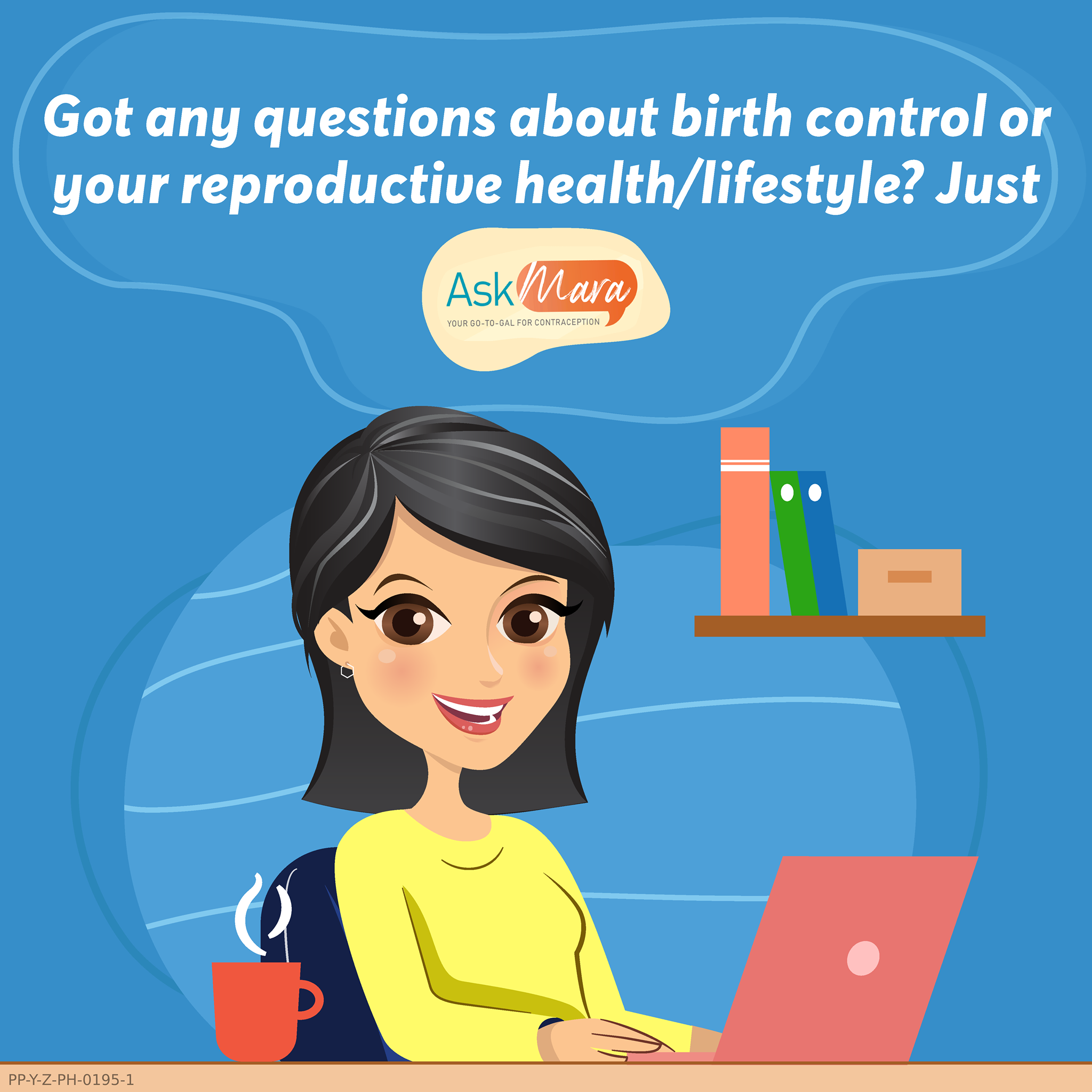
Source: Ask Mara
Source: Ask Mara

Source: Ask Mara
Source: Ask Mara

The Philippines has one of the highest rates of internet penetration and social media use in the world. Photo: TCI
The Philippines has one of the highest rates of internet penetration and social media use in the world. Photo: TCI
Ensuring the effectiveness of digital tools
Digital technologies have been identified as promising High Impact Practices in Family Planning, a set of evidence-based practices developed by researchers and experts, but challenges remain to ensure their quality and effectiveness. A review of 11 digital tools for family planning currently in use, conducted under the U.S. Agency for International Development-funded Research for Scalable Solutions program, assessed the comprehensiveness and accuracy of the information provided. The review revealed some of their shortcomings: only one tool included complete information about the side effects of oral contraceptive pills, and some of the tools provided inaccurate instructions on how to use certain methods, for instance.
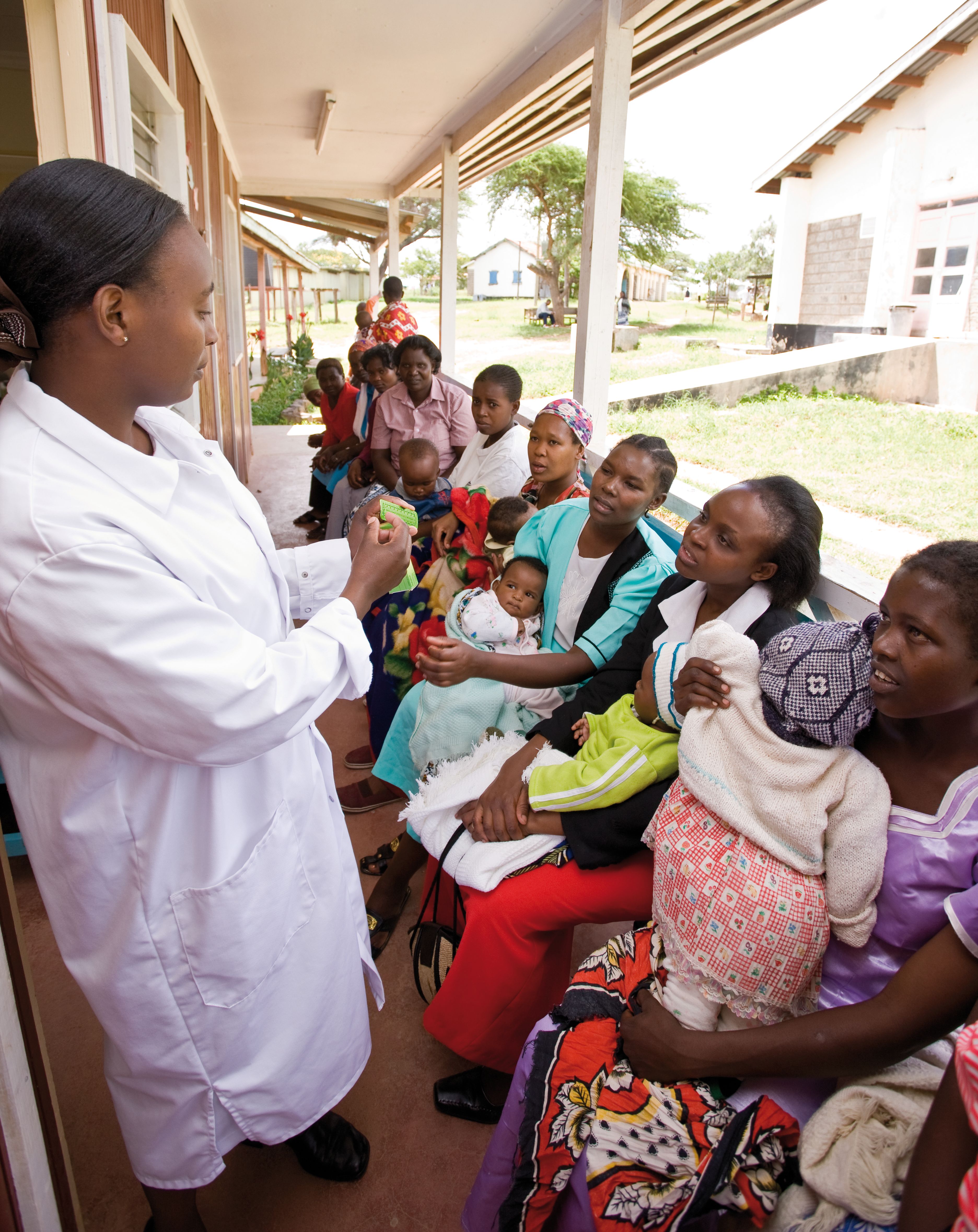
A nurse explains how to use contraceptive pills at a clinic in Kenya. Photo: Bayer
According to the Digital Principles for Development, a set of guidelines for digital product design developed by donors and implementing organizations, effective digital solutions must tackle questions around digital privacy, confidentiality, and interoperability. And they must align with WHO’s contraception and family planning recommendations, as well as its digital health strategy.
“Above all, digital solutions should be designed around the end user, and in collaboration with stakeholders’’, said Samba. When they developed Life Yangu, Bayer and DSW consulted young women and men to get their feedback on content they wanted to see included in the platform, as well as the questions they wanted to have answered. Working with health care workers also helped get additional insights into what type of services and information young people were looking for, she added. “Putting first and foremost the young person at the table is critical,” Samba said.

A nurse explains how to use contraceptive pills at a clinic in Kenya. Photo: Bayer
A nurse explains how to use contraceptive pills at a clinic in Kenya. Photo: Bayer

A community health worker visits a patient. Photo: TCI
A community health worker visits a patient. Photo: TCI
Emerging solutions
The potential for digital technology to address unmet family planning needs goes beyond providing information to patients. For example, Bayer and some of its partners are part of the Global Family Planning Visibility and Analytics Network , or VAN for short, which captures data from multiple sources to improve “supply chain visibility.” It uses software solutions to better coordinate the product flow into 38 LMICs.

Well-functioning supply chains are crucial to improving contraceptive availability. Photo: TCI

Well-functioning supply chains are crucial to improving contraceptive availability. Photo: TCI
Well-functioning supply chains are crucial to improving contraceptive availability. Photo: TCI
The VAN offers its community a platform to assess supply needs, prioritize them, and act when supply imbalances loom. Their aim is to ensure a more timely and cost-effective delivery of commodities to countries, that more women are reached with the right product at the right time, and better coordination in allocating limited health resources.
In the future, emerging technologies such as gamification and the metaverse could also be explored to improve access to information and train health care professionals, said Kehren. To support the development of new solutions, Bayer recently became the first private sector organization to join UNFPA’s Equalizer Accelerator Fund, a new platform providing funding for innovative solutions in sexual and reproductive health, gender-based violence, maternal health, and data.
“We’re proud and delighted that Bayer joined us as the first business and as a strategic partner for the Equalizer Fund,” said UNFPA’s Muntean. “We’re inviting as many different actors and partners [to join the initiative] as possible because working together is the only way to really do something meaningful for the global good.”
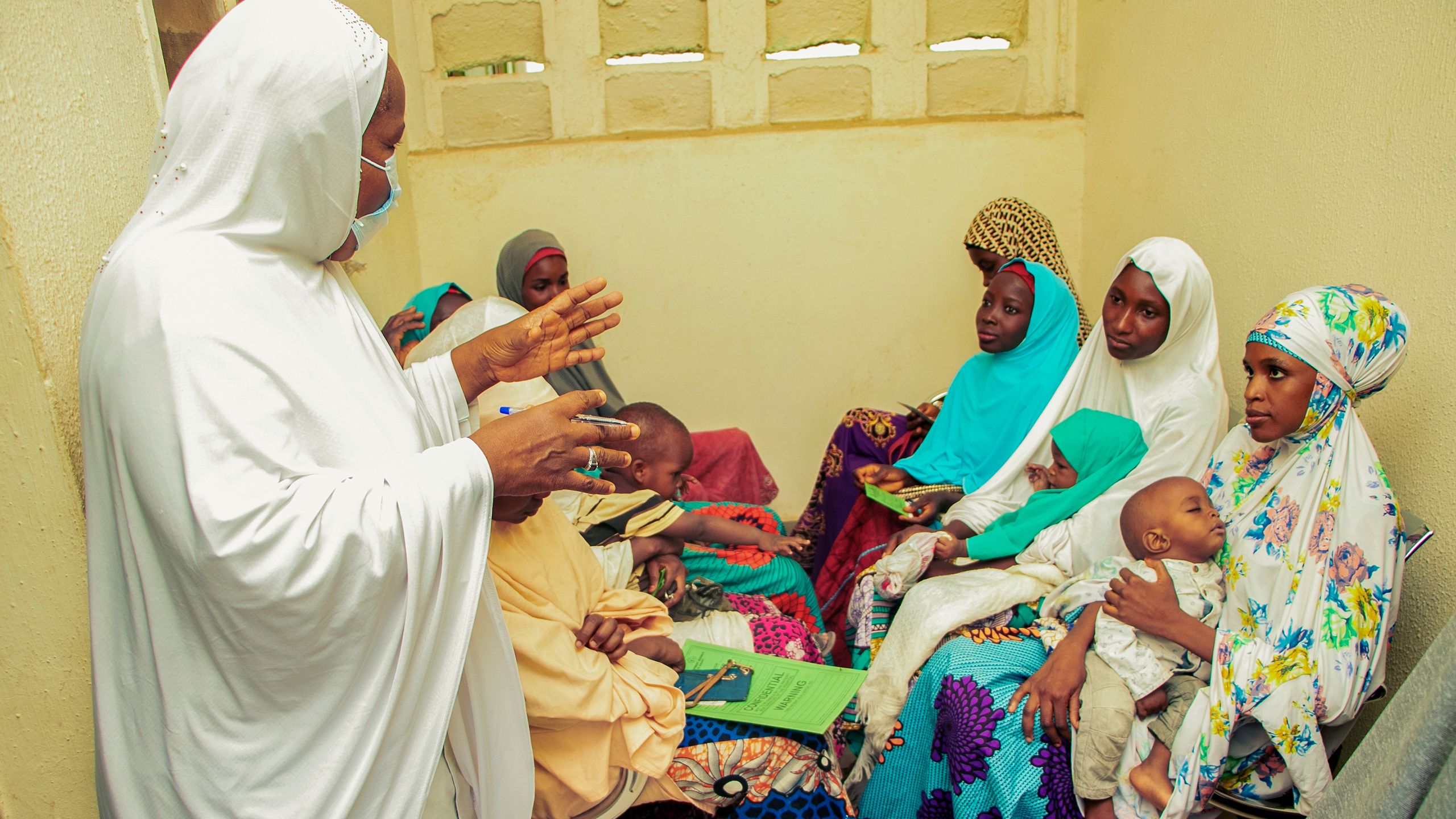
SPONSORED BY
